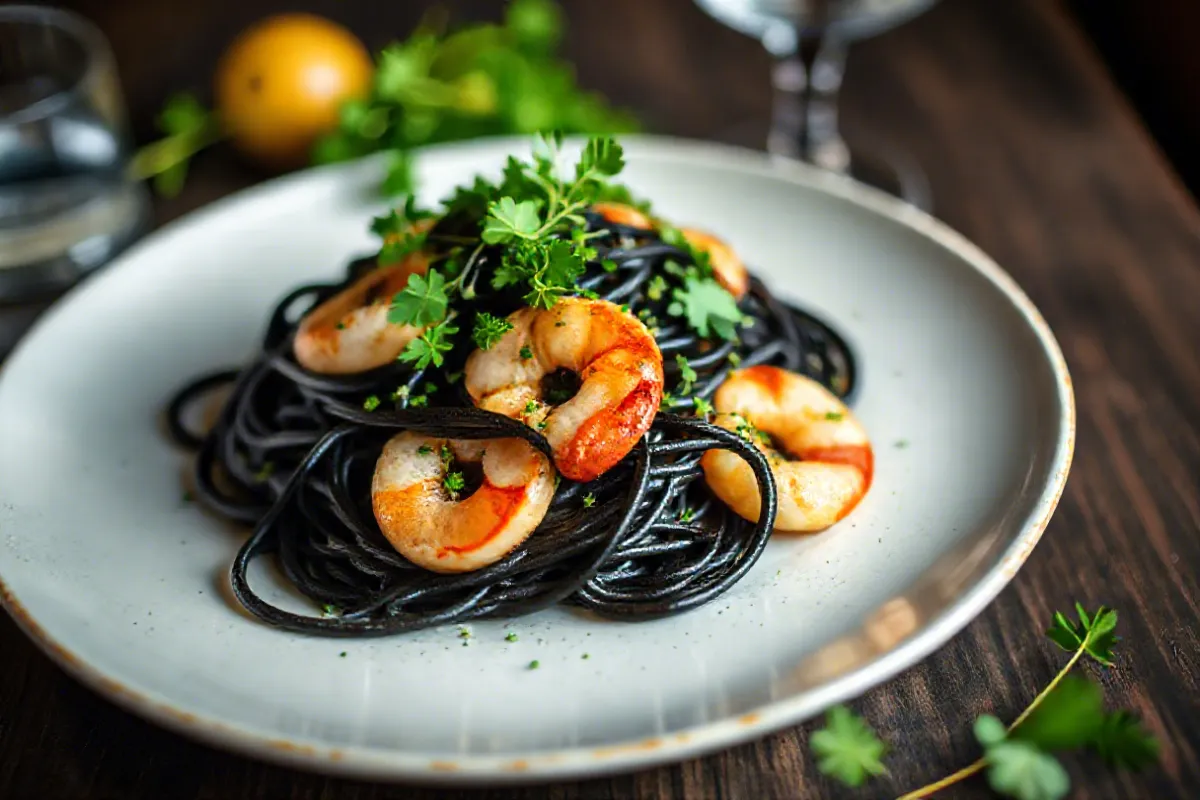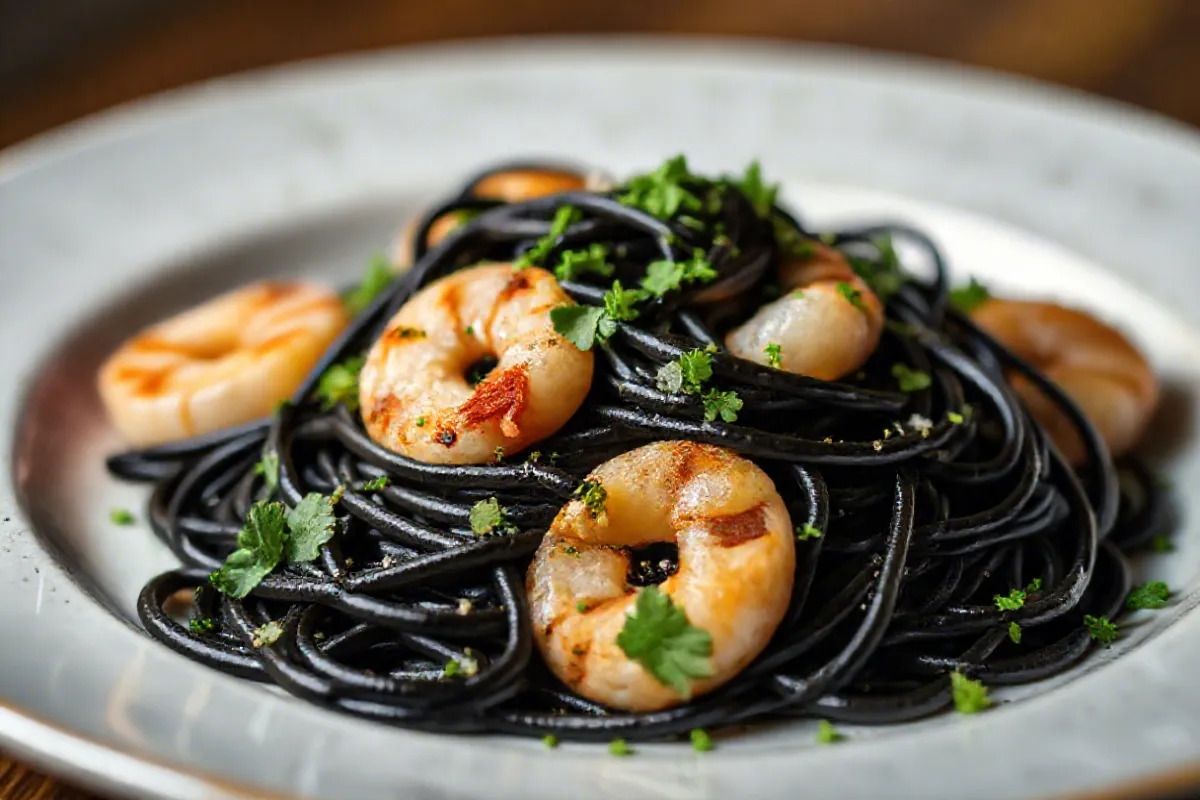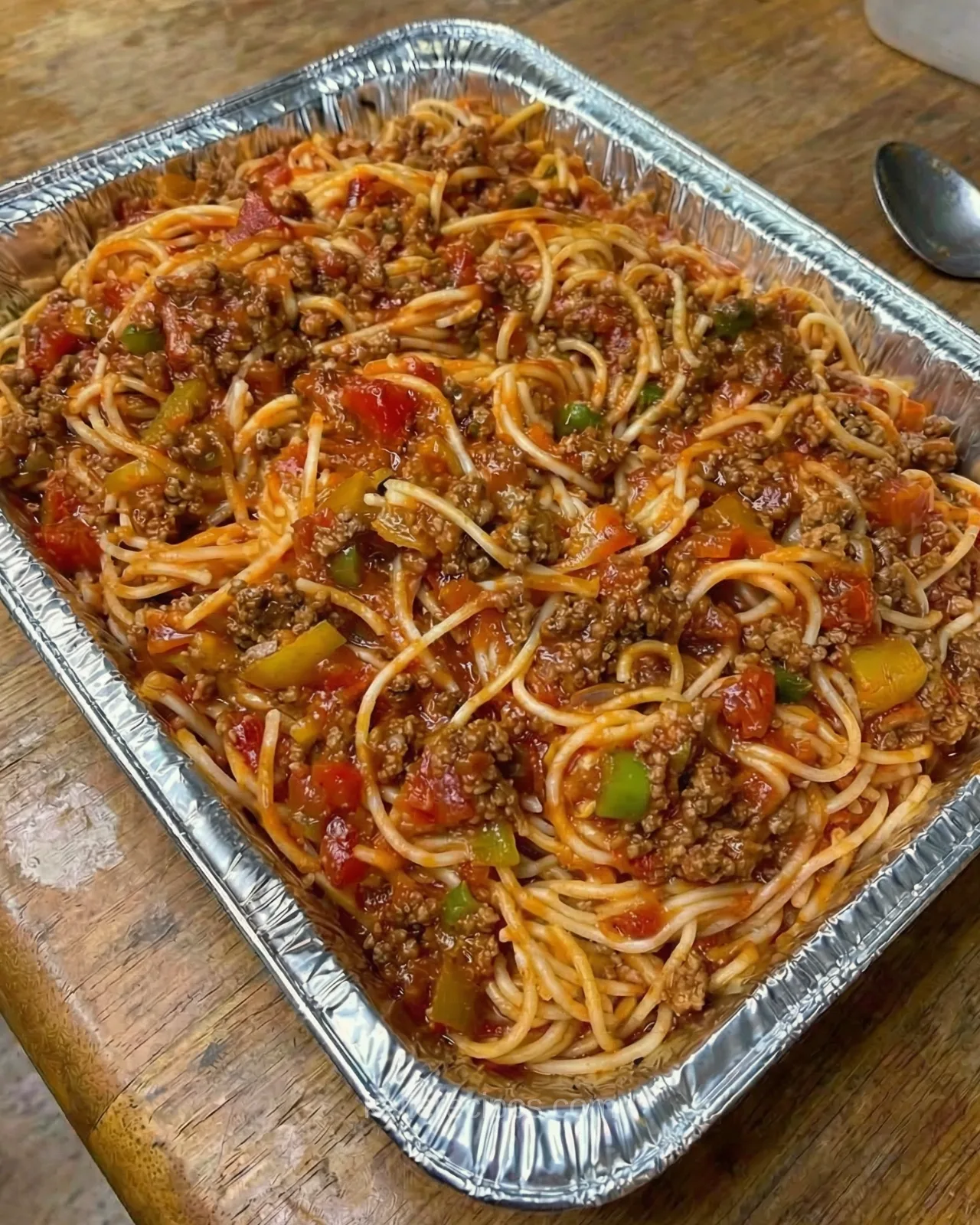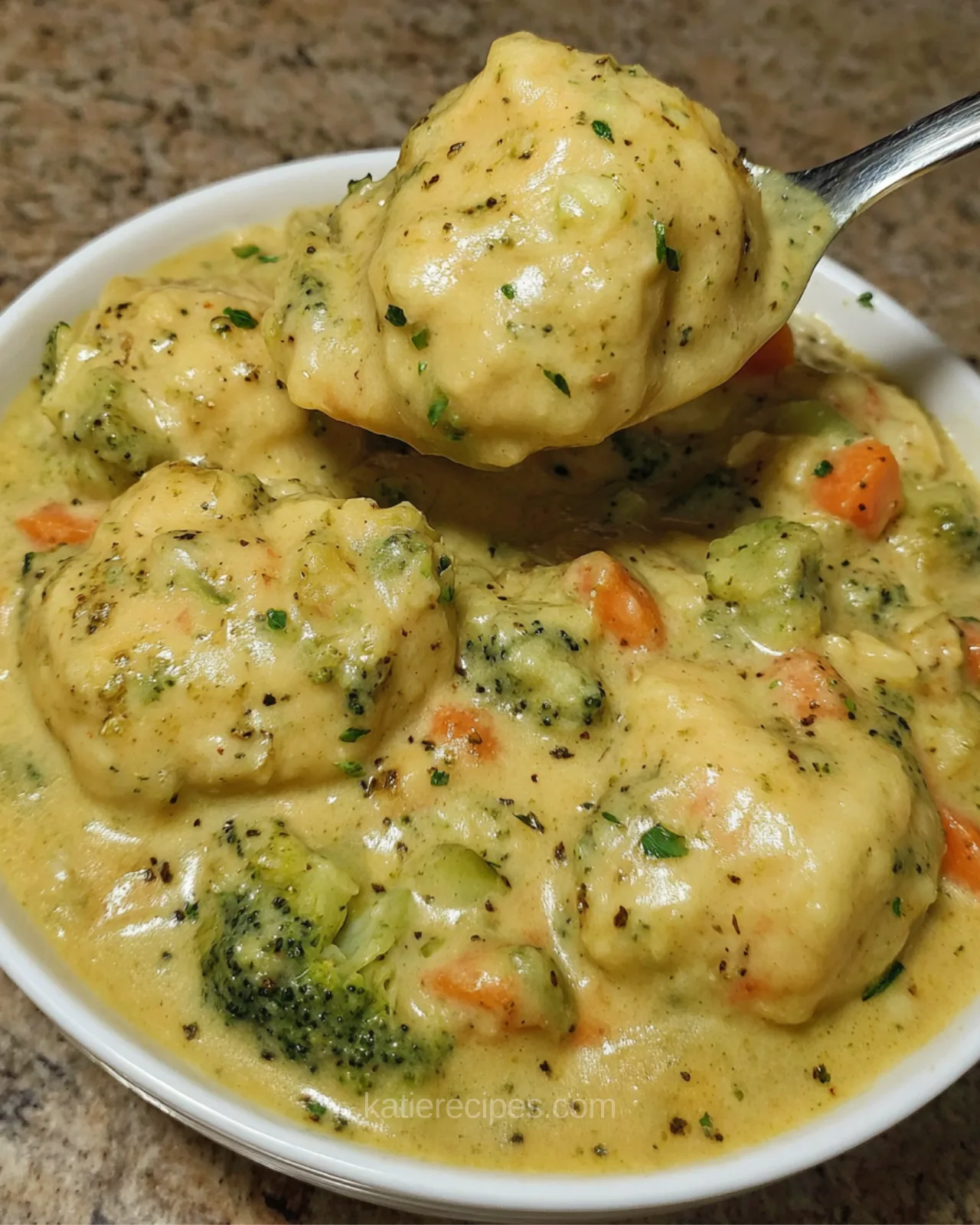Squid ink pasta is a visually striking and unique dish that captures attention on any dinner table. The deep black color distinguishes it from traditional pasta varieties, and the taste offers a subtle yet enticing experience. This distinctive dish, often referred to as squid ink spaghetti, gets its dramatic color and mild, briny flavor from the addition of squid ink to the dough during preparation. Though it may seem exotic or unusual, this type of pasta has a long history in Mediterranean cuisine and is rapidly gaining popularity worldwide.
From its rich visual appeal to its unique flavor profile, squid ink pasta elevates dishes and sparks culinary creativity. Let’s dive into this distinctive pasta, exploring how it is made, how it tastes, and the best ways to cook and serve it.
What is Squid Ink Pasta?
Squid ink pasta is essentially a variety of noodles infused with squid ink. Chefs incorporate the ink into the dough during preparation, giving the pasta its deep black hue. Unlike traditional pasta, which features a golden color from wheat and eggs, this pasta’s dramatic appearance immediately stands out on the plate.
The subtle taste of squid ink enhances the pasta’s flavor without being overpowering. Squid ink has been used in Mediterranean cuisine for centuries, particularly in regions like Italy and Spain, where seafood plays a vital role in local dishes. This unique ingredient allows chefs to elevate meals with its briny undertones and rich black color. Many modern restaurants have adopted squid ink noodles for their visual appeal, but the dish remains grounded in a long culinary tradition. The History of Squid Ink in Mediterranean Cuisine provides a detailed background of how squid ink has shaped culinary practices in Mediterranean cultures.
Key Ingredient: Squid Ink
Squid ink serves as the star ingredient in this dish. Extracted from squids or cuttlefish, squid ink comes from their ink sacs, a natural pigment that has been part of Mediterranean and Asian cooking traditions for centuries. The ink, rich in melanin and polysaccharides, creates the signature black hue while infusing the pasta with a subtle, salty flavor.
Squid ink isn’t just a colorant, though. It also enhances the flavor of the dishes it’s used in, giving the pasta a delicate oceanic taste that complements other ingredients. Many cooks appreciate its mild brininess, as it allows the noodles to act as a base for a variety of bold flavors, particularly seafood dishes.
How Squid Ink Pasta is Made
Making squid ink pasta follows a traditional pasta-making process with one unique addition: squid ink. Here’s a breakdown of the steps involved:
- Ingredients: To make squid ink spaghetti, you will need basic pasta ingredients—flour, eggs, and water—plus squid ink, which you can buy from specialty food stores.
- Mixing the Dough: Begin by combining flour and eggs to form the base dough. Add squid ink to the mixture as you knead the dough until the ink is thoroughly incorporated, turning the dough black. The resulting dough should have a smooth and elastic texture.
- Shaping the Pasta: After kneading, roll the dough out and cut it into long, thin strands, similar to regular spaghetti.
- Cooking: Boil the pasta in salted water until it reaches an al dente texture, typically for 8-10 minutes.
Though some prefer making this pasta at home, many opt to purchase pre-made versions for convenience. However, making it yourself ensures control over the ingredients and opens the door for experimentation. Where to Buy Authentic Squid Ink Pasta offers a variety of pre-made options if you choose to buy it instead of making it from scratch.
Taste Profile of Squid Ink Pasta
Squid ink noodles deliver a taste that sets them apart from regular pasta. The ink imparts a subtle, oceanic flavor that enhances the overall dish without overpowering it. This briny flavor works especially well with seafood-based recipes.
Key Flavor Elements:
- Mild Briny Flavor: The squid ink adds a slight saltiness, reminiscent of the sea, that elevates the pasta’s flavor.
- Neutral Base: Despite its unique taste, squid ink spaghetti still acts as a blank canvas for various sauces and ingredients.
- Bold Pairings: The subtle flavor allows chefs to use it with a range of bold sauces and seafood, enhancing the overall taste experience.
Many consider squid ink spaghetti to be a fantastic base for seafood dishes because of how well the flavors blend. The taste also has broad appeal, making it a great option for those who enjoy experimenting with new pasta dishes.
Cooking and Serving Squid Ink Pasta
Cooking squid ink pasta is straightforward and mirrors the process for regular noodles. Follow these steps for optimal results:
- Boiling: Place squid ink spaghetti in a large pot of salted boiling water. Allow it to cook for 8-10 minutes, ensuring that it remains firm to the bite (al dente).
- Draining: After cooking, drain the pasta. Avoid rinsing it, as this could wash away some of the flavors.
- Pairing with Ingredients: Squid ink pasta pairs best with seafood like shrimp, scallops, or calamari. You can also complement it with simple sauces such as olive oil and garlic, or go bold with spicy tomato-based sauces.
When presenting squid ink spaghetti, consider the visual contrast it creates with vibrant ingredients. For instance, bright red tomatoes or green herbs pop against the black pasta, making the dish visually appealing.
Popular Dishes Featuring Black Spaghetti
- Black Spaghetti with Shrimp: Toss black spaghetti with sautéed shrimp, garlic, and olive oil. Finish with a sprinkle of chili flakes for added heat. The briny ink enhances the sweet flavor of the shrimp, creating a perfect balance.
- Black Spaghetti with Spicy Tomato Sauce: A spicy tomato sauce offers a beautiful contrast to the black pasta. The tangy acidity of the tomatoes plays well with the subtle saltiness of the squid ink.
- Black Spaghetti with Scallops and Garlic Butter: For a luxurious dish, pair black spaghetti with seared scallops and a garlic butter sauce. The richness of the butter complements the slight saltiness of the pasta, while the scallops add a tender texture.
Cooking Tips for Black Spaghetti
When preparing black spaghetti, it’s important to follow some specific guidelines to ensure the best results. Black spaghetti, while similar to regular pasta in terms of cooking techniques, has its own unique characteristics, largely due to the presence of squid ink in the dough. Below are some expanded and detailed tips to help you cook black spaghetti to perfection, ensuring it retains its distinctive flavor, texture, and visual appeal.
1. Cook Al Dente for the Perfect Texture
Black spaghetti, like any high-quality pasta, should be cooked to an al dente texture. The term al dente means “to the tooth” in Italian, indicating that the pasta should be firm but tender when bitten into. Overcooking black spaghetti can result in a mushy texture that undermines the enjoyment of the dish, while undercooking can leave it too chewy.
Tip:
- Boil a large pot of salted water (around 4-6 quarts for every pound of pasta). Salt the water liberally; it should taste of the sea. Salt not only seasons the pasta but also enhances the subtle brininess of the squid ink.
- Cook the spaghetti for 8 to 10 minutes, but start checking for doneness after 7 minutes. It should be firm to the bite without any raw flour taste.
Pro Tip:
- For even better results, taste the pasta halfway through cooking. Remember, pasta continues to cook for a few moments after you drain it, so err on the side of slightly underdone rather than overcooked.
2. Avoid Rinsing the Pasta
After cooking, you should never rinse black spaghetti under cold water unless you’re using it in a cold pasta salad (which is uncommon for this type of pasta). Rinsing strips away the starches that help sauces cling to the pasta, and in the case of black spaghetti, it can also diminish the squid ink’s briny flavor.
Tip:
- Drain the pasta in a colander, but reserve a cup of the starchy pasta water. This water can be used later to adjust the sauce’s consistency or to help the sauce cling better to the noodles. The starch in the water creates a silkier sauce and binds it to the pasta strands, making each bite more flavorful.
3. Use Bold Flavors to Complement the Squid Ink
Black spaghetti has a mild, briny taste, and while that flavor is subtle, it pairs exceptionally well with bold and assertive flavors. When planning your dish, think of ingredients that will complement, not overpower, the flavor of the squid ink.
Best Flavor Pairings:
- Seafood: The natural brininess of squid ink makes seafood a perfect pairing. Shrimp, scallops, calamari, and mussels all work well. These ingredients enhance the oceanic flavors of the pasta without overwhelming it.
- Garlic and Olive Oil: Simple and classic, a garlic and olive oil sauce lets the squid ink shine while adding rich, fragrant flavors. Add a bit of chili flakes for heat or anchovies for extra umami.
- Spicy Tomato Sauce: For those who prefer a heartier sauce, a spicy tomato sauce provides a bright contrast to the black pasta. The acidity and sweetness of the tomatoes balance the briny flavor of the squid ink, while the spice adds depth.
- Cream-Based Sauces: Creamy sauces, such as a garlic-butter or Alfredo sauce, can create a luxurious dish when paired with black spaghetti. The richness of the cream melds with the ink’s salty undertones, creating a velvety texture and taste.
Pro Tip:
- Don’t hesitate to experiment with flavor pairings. Fresh herbs like parsley, basil, or even mint can add freshness to the dish, while lemon juice or zest can enhance the brightness of the flavors.
4. Incorporate Fresh Ingredients for Visual Appeal
One of the biggest advantages of using black spaghetti is its visual appeal. To enhance this striking color contrast, pair the pasta with vibrant, fresh ingredients that pop against the dark noodles. This not only makes the dish more attractive but also adds layers of flavor and texture.
Visually Appealing Ingredients:
- Red cherry tomatoes: Halved cherry tomatoes provide sweetness and acidity, and their bright red color stands out beautifully against the black pasta.
- Green herbs: Fresh parsley, basil, or even arugula offer a refreshing flavor and add a touch of green that brightens up the dish.
- White seafood: Scallops, shrimp, or calamari provide a wonderful color contrast and complement the dish’s overall seafood theme.
Pro Tip:
- For a restaurant-worthy presentation, sprinkle a few colorful ingredients on top of the pasta after plating. This can include grated parmesan, a drizzle of olive oil, or a small sprig of parsley for garnish.
5. Make Use of Pasta Water for Sauce Perfection
As mentioned earlier, saving the pasta water is crucial for many Italian dishes, and black spaghetti is no exception. The starchy water helps bind the sauce to the pasta, ensuring that every bite is flavorful.
Tip:
- When preparing the sauce, use a splash of reserved pasta water to adjust the consistency if the sauce becomes too thick. The starch in the water helps emulsify the sauce, creating a creamier and more cohesive final dish.
- Add the pasta water a little at a time, tossing the pasta in the sauce until it reaches your desired consistency.
6. Keep the Cooking Time in Check
Black spaghetti cooks relatively quickly, so keep an eye on it as you prepare the dish. Unlike heavier pastas, the thin strands of black spaghetti can overcook if left in the water for too long.
Tip:
- Stick closely to the cooking time specified on the package (if using store-bought pasta), or watch carefully if making fresh black spaghetti at home. Use a timer and taste-test to ensure the pasta maintains the desired firmness.
7. Serve Black Spaghetti Immediately
Like most pasta, black spaghetti is best enjoyed fresh off the stove. Once cooked, the texture and flavor are at their peak, and allowing the pasta to sit for too long can result in a loss of texture.
Tip:
- Have your sauce and additional ingredients ready before the pasta finishes cooking. This way, you can immediately toss the black spaghetti with the sauce while it’s still hot, ensuring it absorbs maximum flavor.
Extra Presentation Tips:
- Serve black spaghetti on a white plate or a contrasting background to enhance its visual appeal.
- For a fancier touch, drizzle some high-quality olive oil over the top or sprinkle with grated parmesan or pecorino.
- If you want to impress, arrange seafood or garnish strategically on top of the pasta for a more refined, restaurant-style presentation.

FAQs
1. Is black spaghetti made of squid ink?
Yes, black spaghetti gets its dark color and subtle flavor from the addition of squid ink to the pasta dough.
2. Does black spaghetti taste like squid?
While black spaghetti has a mild, briny flavor, it does not taste overwhelmingly like squid. The flavor is subtle, and the pasta can be paired with a wide range of sauces and ingredients.
3. How is squid ink obtained?
Squid ink is harvested from squids or cuttlefish by extracting it from their ink sacs. The ink is then purified and sold for use in culinary applications.
4. Can I make black spaghetti at home?
Yes, you can make it at home by incorporating squid ink into your pasta dough. Specialty food stores and online retailers offer squid ink for purchase.
5. Is squid ink safe to consume?
Yes, squid ink has been used in cooking for centuries and is safe to eat. Its inherent salty taste gives many different foods depth.
6. Can black spaghetti stain my teeth or clothes?
Although squid ink is a natural pigment, it is usually diluted in cooking, so any staining is minimal and temporary. Be mindful of your clothes, as the black color can leave marks if spilled.
7. How should I serve black spaghetti?
Black spaghetti pairs well with seafood, particularly shrimp, calamari, and scallops. It also works well with spicy tomato sauces or simple garlic and olive oil dressings.
8. Can I substitute regular spaghetti with black spaghetti in recipes?
Yes, you can substitute black spaghetti in most recipes that call for regular spaghetti. However, keep in mind that the squid ink may slightly alter the flavor profile.
Conclusion
Black spaghetti brings both visual and culinary excitement to the table. Its unique combination of squid ink and traditional pasta dough creates a striking, flavorful dish that appeals to both the eyes and the palate. Whether you’re using it as the base for seafood-inspired recipes or experimenting with new sauces, black spaghetti opens up a world of creative possibilities in the kitchen. Give it a try and transform your next pasta dish into something truly unforgettable.





